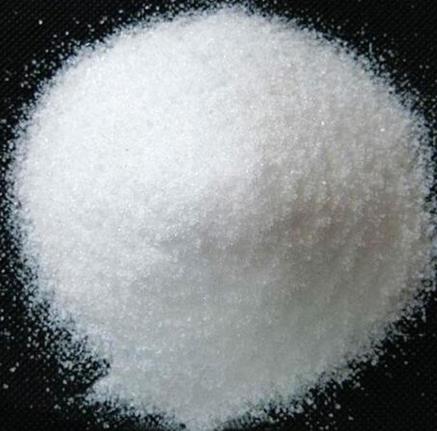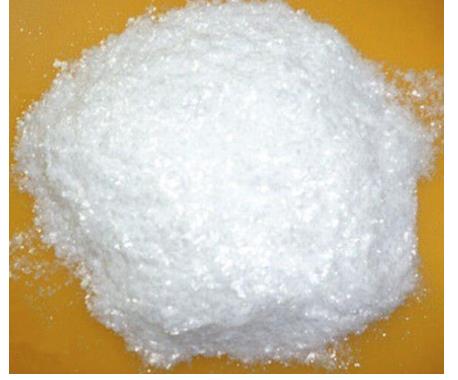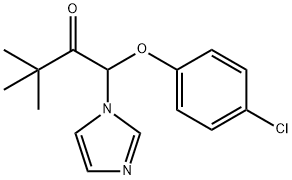Understanding Climbazole: Properties, Uses, and Storage Guidelines
Dec 16,2024
Introduce
Climbazole is a topical antifungal agent commonly used in the treatment of human fungal skin infections such as dandruff, seborrhoeic dermatitis, and eczema. Climbazole has shown a high in vitro and in vivo efficacy against Malassezia spp. that appears to play an important role in the pathogenesis of dandruff. Its chemical structure and properties are similar to other azole fungicides such as ketoconazole, clotrimazole, and miconazole[1].

Figure 1 Characteristics of Climbazole
In vitro research
Climbazole exhibits high anti Pityrosporum ovale efficacy both in vitro and in vivo, and Pityrosporum ovale may be the main cause of dandruff. The chemical structure and properties of Climbazole are similar to other antifungal agents such as ketoconazole and miconazole. The MIC range of clinbazole is between<0.06 and 1 μg/mL, with an experimental median of 0.06 μ g/mL.
In vivo research
Climbazole did not induce mutagenicity in Salmonella typhimurium or Escherichia coli Ames assays, nor did it induce micronuclei in human lymphocytes. A mouse micronucleus test in vivo also showed no mutagenicity, with a maximum tolerated dose (MTD) of up to 150 mg/kg for oral administration. In unconventional DNA synthesis experiments both in vitro and in vivo, when orally administered with MTD up to 200 mg/kg, clinbazole did not show any damage to DNA in rat liver. The toxicokinetics of [14C] - clombazole (150 mg/kg) orally administered in mice were studied. Radioactivity (20.42 μ g-equiv./g plasma) can be detected 15 minutes after oral administration of [14C] - clombazole. After 8 hours at the dose, the peak concentration is 62.96 μ g-equiv./g plasma.
Environmental effect
Climbazole, as an antibacterial and anti-dandruff active ingredient, is commonly added to personal care products such as shampoo. According to the survey, shampoos containing glycerin are widely sold in China and various European countries, with an annual usage of 3800 tons of glycerin in China Statistics show that the content of Climbazole in ordinary shampoo can reach up to 2.0%, with a mass concentration of approximately 15mg/mL. After using shampoo, most of the Climbazole enters the urban sewage treatment system with household wastewater. However, the commonly used sewage treatment processes in various sewage treatment plants currently cannot completely remove Climbazole, with a water phase removal rate of only 34% to 76%. Climbazole that has not been completely removed re-enters the receiving water environment with the effluent from the sewage treatment plant. After entering the environment, Climbazole has varying degrees of toxic effects on aquatic organisms at all levels, and its ecological toxicity has gradually attracted attention. Climbazole has growth or behavioral inhibitory effects on green algae (Pseudokirchneriella subcapita), floating duckweed (Lemna minor), large fleas (Daphnia magna), zebrafish embryos (Danio rerio), etc., with a half maximal inhibitory concentration (EC50) as low as 0.087 µ g/mL. The continuous discharge of Climbazole poses a threat to aquatic ecosystems.[2]
Purpose
Climbazole is a racemic compound composed of equimolar amounts of (R) - and (S) - Climbazole. Its IUPAC name is (RS) -1- (4-chlorophenoxy) -1-imidazol-1-yl-3,3-dimethylbut-2-one, and it is a topical antifungal agent used to treat human fungal skin infections. It can be included in over-the-counter anti-dandruff shampoo formulations and skin treatment combinations to treat dandruff and eczema caused by fungal infections.
Storage and stability
Climbazole should be stored in a cool and dry place, away from direct sunlight and moisture. This compound is relatively stable under normal conditions, but it degrades under high temperatures and high humidity.
Raw clinazole should be stored in a well-sealed container at a temperature below 30 ° C. When added to finished products such as shampoo or face cream, the formula must be protected from overheating to avoid degradation. Manufacturers often add stabilizers or antioxidants to formulations containing carbazole to extend its shelf life.
The stability of carbazole in personal care products has been fully demonstrated, and its formula typically has a good shelf life under appropriate storage conditions. However, prolonged exposure to air, light, or extreme temperature changes can affect its antifungal efficacy over time.
References:
[1] ELISABETH RICHTER. Ecotoxicity of climbazole, a fungicide contained in antidandruff shampoo[J]. Environmental Toxicology and Chemistry, 2013, 32 12: 2661-2896. DOI:10.1002/etc.2367.
[2] ALEX A. PéREZ-RIVERA. Evaluation of the genotoxicity of the imidazole antifungal climbazole: Comparison to published results for other azole compounds[J]. Mutation research. Genetic toxicology and environmental mutagenesis, 2009, 672 1: 1-68. DOI:10.1016/j.mrgentox.2008.09.011.
- Related articles
- Related Qustion
- Application and environmental risk assessment of climbazole Aug 1, 2022
Gambolin has broad-spectrum bactericidal properties. It is mainly used in antipruritic and dandruff conditioning shampoo and hair care shampoo.
α-Cyclodextrin was shown to significantly lower acute postprandial blood triglyceride levels.....
Mar 11,2025Biochemical EngineeringPolymyxin B sulfate is a critically important antimicrobial agent, especially for combating infections caused by multidrug-resistant Gram-negative bacteria.....
Nov 18,2024APIClimbazole
38083-17-9You may like
- Climbazole
-

- $0.00 / 25kg
- 2025-03-21
- CAS:38083-17-9
- Min. Order: 1kg
- Purity: 99%
- Supply Ability: 50000KG/month
- Climbazole
-

- $100.00 / 25kg
- 2025-03-21
- CAS:38083-17-9
- Min. Order: 1kg
- Purity: 99%
- Supply Ability: 50000KG/month
- Climbazole
-

- $6.00 / 1kg
- 2025-03-21
- CAS:38083-17-9
- Min. Order: 1kg
- Purity: 99%
- Supply Ability: 2000KG/Month






